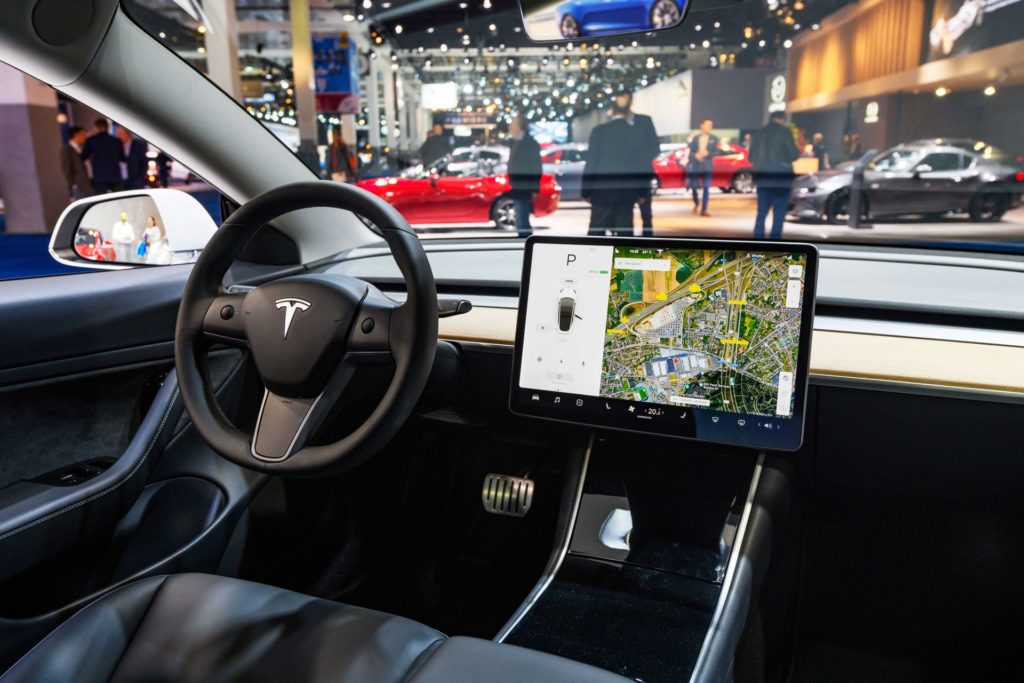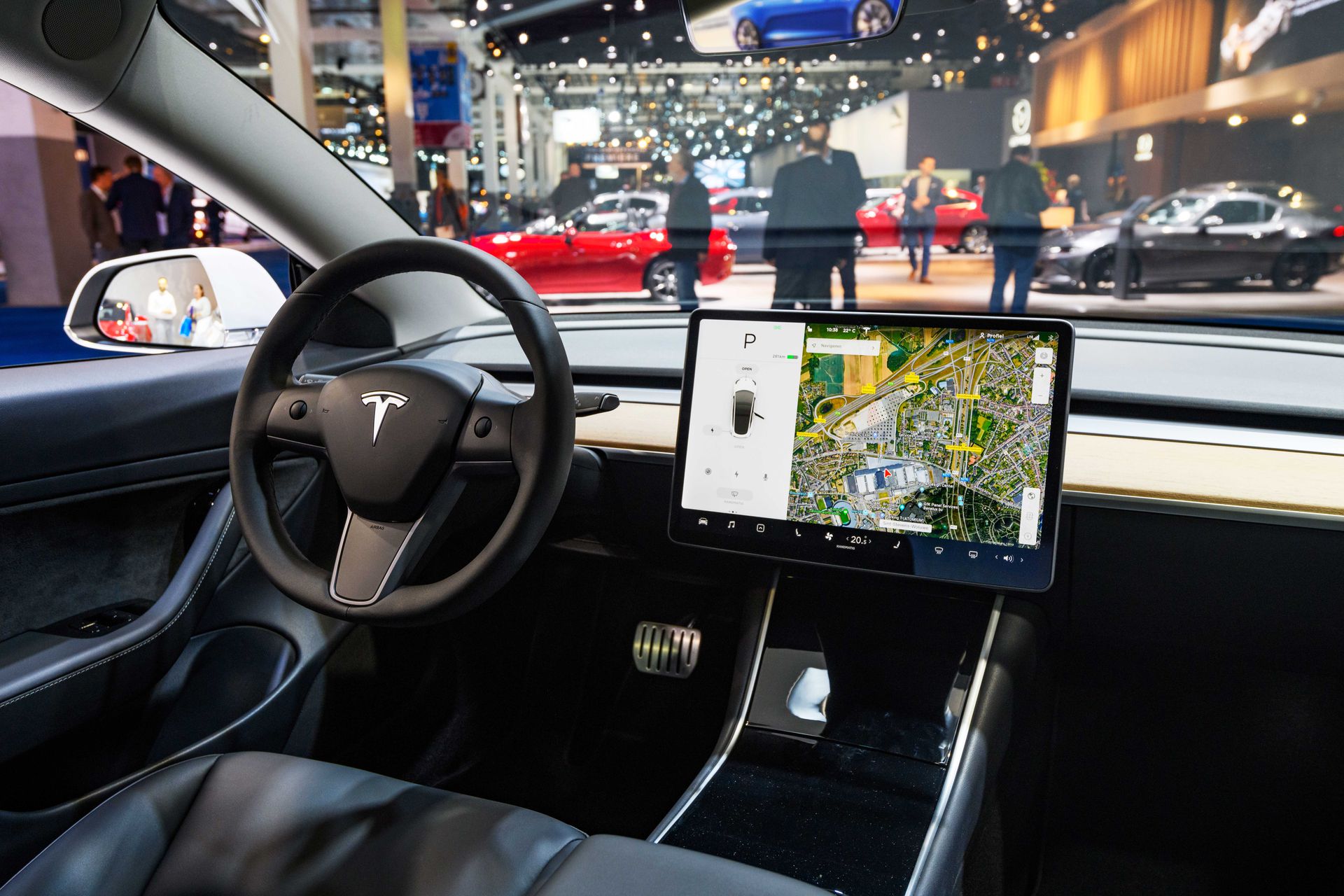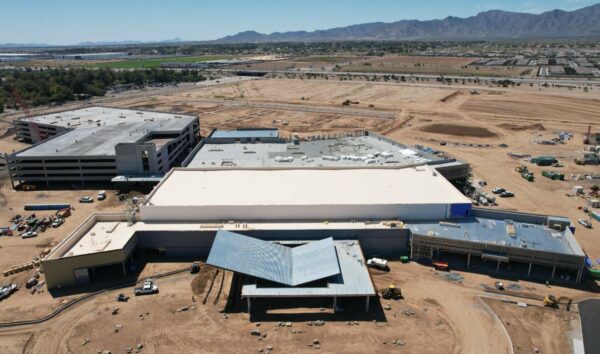In the age of AI advances, self-driving cars turned out to be harder than people expected

By Kelsey Piper | Vox
When it comes to self-driving cars, the future was supposed to be now.
In 2020, you’ll be a “permanent backseat driver,” the Guardian predicted in 2015. “10 million self-driving cars will be on the road by 2020,” blared a Business Insider headline from 2016. Those declarations were accompanied by announcements from General Motors, Google’s Waymo, Toyota, and Honda that they’d be making self-driving cars by 2020. Elon Musk forecast that Tesla would do it by 2018 — and then, when that failed, by 2020.
But the year is here — and the self-driving cars aren’t.
Despite extraordinary efforts from many of the leading names in tech and in auto-making, fully autonomous cars are still out of reach except in special trial programs. You can buy a car that will automatically brake for you when it anticipates a collision, or one that helps keep you in your lane, or even a Tesla Model S (which — disclosure — my partner and I own) whose Autopilot mostly handles highway driving.
But almost every one of the above predictions has been rolled back as the engineering teams at those companies struggle to make self-driving cars work properly.
What happened? Here are nine questions you might have had about this long-promised technology, and why the future we were promised still hasn’t arrived.












